|
Continuing from yesterday, we will explain the building coverage ratio and floor area ratio in the Building Standards Act. This rule explains how large a building can be built for the size of the land. Also, the size of a building that can be built will change depending on how the land exists in the area. Floor-area Ratio and Building Coverage Ratio Regulations in Land Use Zones
There are also regulations for roads and neighboring areas as follows. Restrictions on Building Shape in Land Use Zones 【Slant plane Restrictions】 The restrictions limit building heights in proportion to the distance from the other side of the boundaries of the roads they face, or from the adjacent site boundaries. It ensures adequate space for light and ventilation between buildings or on roads. *This Slant Plane Restrictions do not apply to buildings which can secure levels of lighting and ventilation equivalent to or higher than those under this restriction. 【Restriction on floor-area ratio according to the width of the adjoining road】
The maximum floor-area ratio of a building site which has a road in front less than 12m wide, shall not exceed the value obtained by multiplying the width of the road in meters by a certain ratio (for residential Land Use Zones, this ratio is 0.4*, for other zones, it is 0.6* ). * A factor of 0.6 for residential Land Use Zones and 0.4 or 0.8 for other Land Use Zones can be adopted in those zones where such factors are designated by the local government building authority with the approval of the City Planning Council. 【Shadow Restrictions】 These limit the height of buildings so as to ensure sufficient sunlight in residential Land Use Zones, etc. The minimum number of hours per day that the shadows of building sites fall outside the area are specified by bylaws of the local governments according to the Building Standard Law. The above are the main points to keep in mind when constructing a new building. Therefore, while confirming the details with the architect, the maximum floor area, building height, angle, etc. will be decided. Today, we will explain what kind of building can be constructed or operated in which area under the Building Standards Act. First, below are the details for each of the important restricted areas. Thirteen categories of Land Use Zone provide a pattern for land-use zoning in each type of urban area. These can be generally categorized into residential, commercial and industrial uses. Each Land Use Zone has specifications concerning the uses of buildings which can be constructed in the zone. Land Use Zones Category I exclusively low-rise residential zone Category II exclusively low-rise residential zone Category I mid/high-rise oriented residential zone Category II mid/high-rise oriented residential zone Category I residential zone Category II residential zone Quasi-residential zone Rural residential zone Neighborhood commercial zone Commercial zone Quasi-industrial zone Industrial zone Exclusively industrial zone Special Land Use District A Special Land Use District is designated as a supplement to the land-use regulations on the Land Use Zone. It is designated within a Land Use Zone aiming at specific purposes, such as achieving more effective land use or a more pleasant environment. Regulations under Land Use Zone are applied uniformly nationwide. However, in the Special Land Use District, Land Use Zone regulations can be modified by municipal bylaw. In correspondence with the local characteristics, each municipality can stipulate the strengthening or relaxation of Land Use Zone regulations. Land Use Zone and Building Regulation Land Use Zone controls volume, height of buildings as well as use of them under provisions of the Building Standard Law. These regulations are designed to prevent a mixture of buildings used for different purposes in one area, and to ensure the suitable environment for the specified type of land use. Control of Building Use by Land Use Zones Next time, we will explain the building coverage ratio and floor area ratio.
|
Details
AuthorArrows International Realty Corp. Archives
June 2023
Categories
All
|
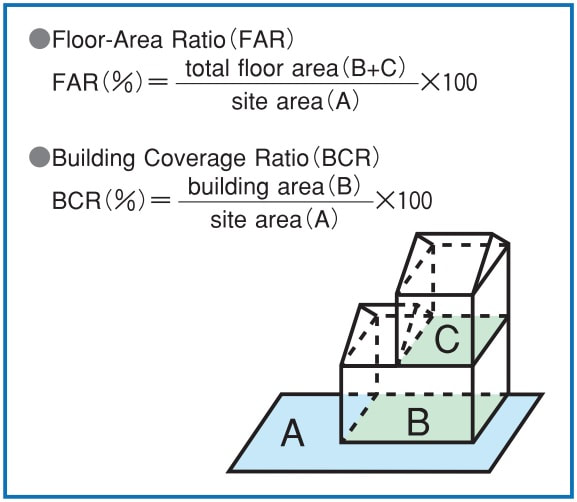
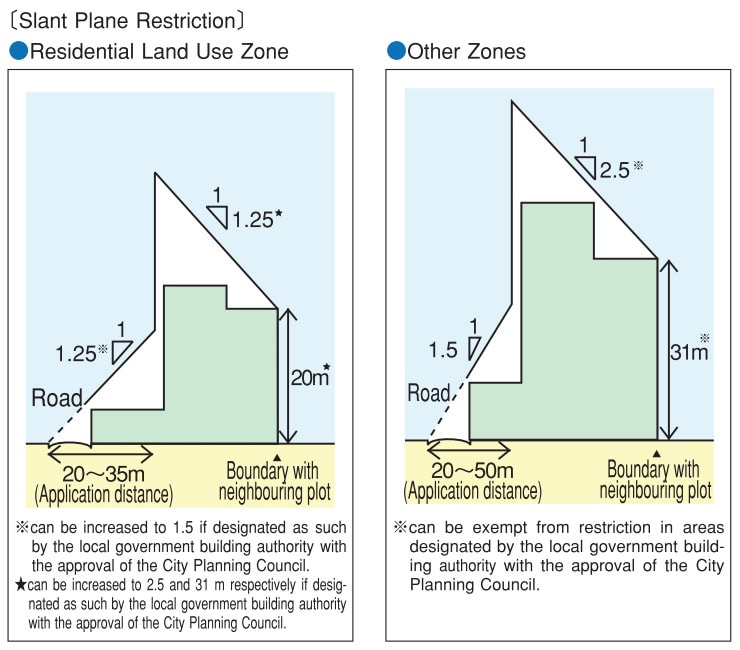
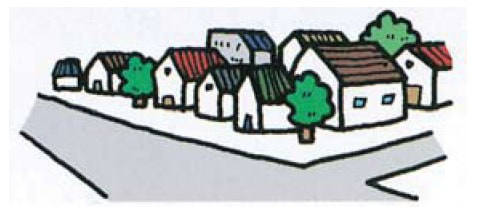
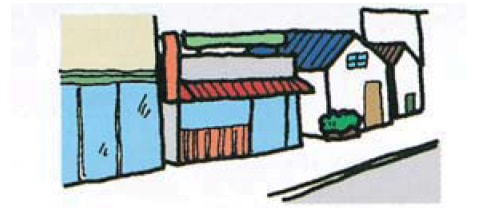
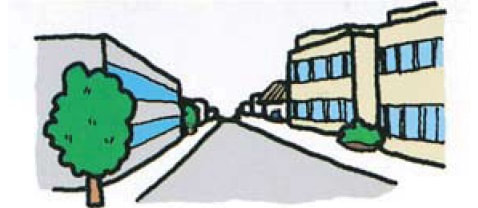
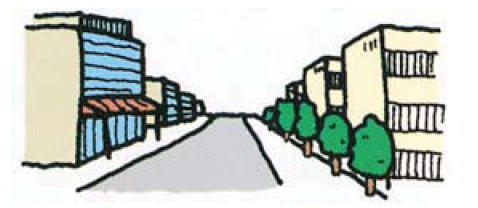
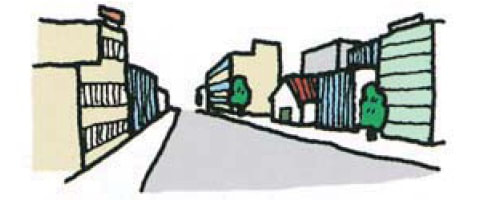
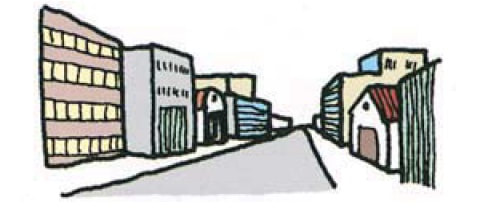
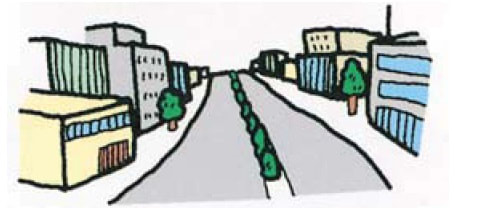
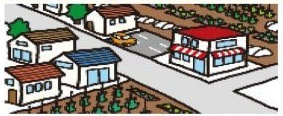

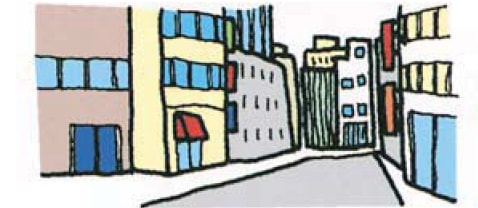
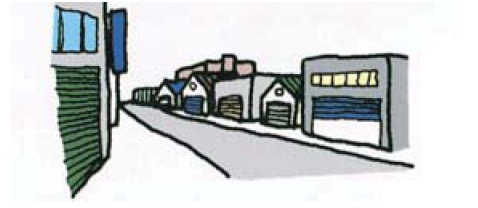

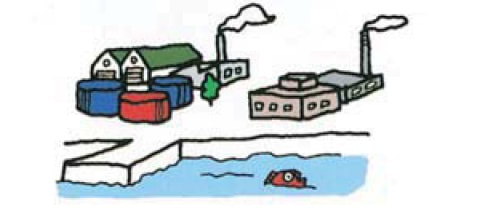
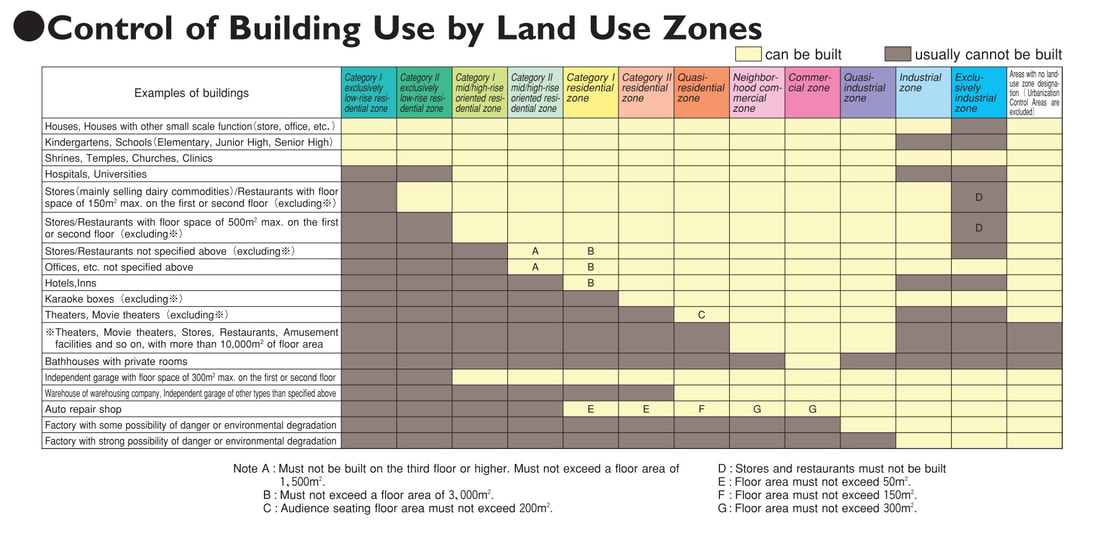
 RSS Feed
RSS Feed